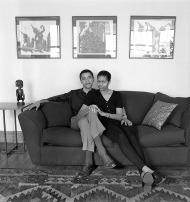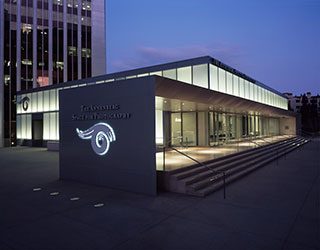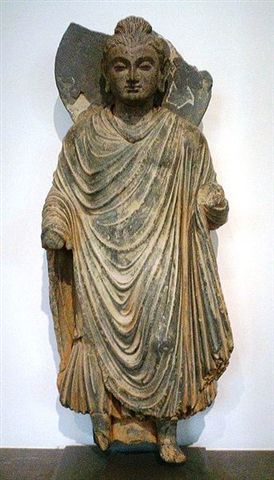Sales at the AIPAD Photography Show in New York, which ran from Mar. 26 through 29, were better than expected, AIPAD is reporting. And attendance held steady at about 8,000, the same as last year. I can’t vouch for the sales, but it was pretty crowded when I visited on Sunday afternoon.
Not that I saw the boldface names AIPAD said were there: Jeremy Irons, Ralph Fiennes,
 Peter Riegert, Alexis Stewart and Bob Colacelo, plus Richard Prince and Timothy Greenfield-Sanders, and many more from the collecting and museum universe. Many probably attended the benefit night.
Peter Riegert, Alexis Stewart and Bob Colacelo, plus Richard Prince and Timothy Greenfield-Sanders, and many more from the collecting and museum universe. Many probably attended the benefit night.
Looking around, I saw plenty of very good works but few that I hadn’t seen before or that looked like something new. The influence of Andreas Gursky, Thomas Struth, and their followers was everywhere in the contemporary works — and there seemed to be fewer staged photos, a la Gregory Crewdson, than in the past.
Maybe, in these conservative-spending times, that’s why the dealers made sales, they say. AIPAD doesn’t provide show totals, but many dealers reported multiple sales at prices as low as $100 and as high as about $50,000.
One star of the show was a gelatin-silver print of Barack and Michelle Obama in 1996 (right) by Mariana Cook; Lee Marks Fine Art sold “numerous” prints of it. Then again, those purchases probably mean nothing at all for the photography market.


